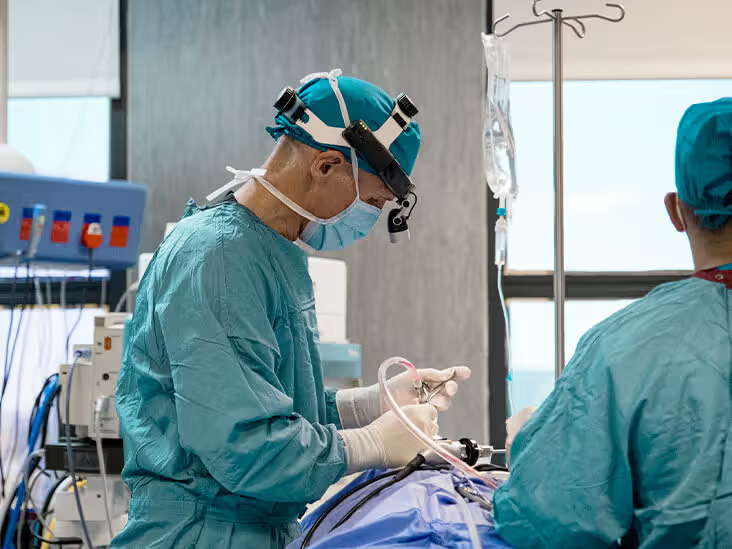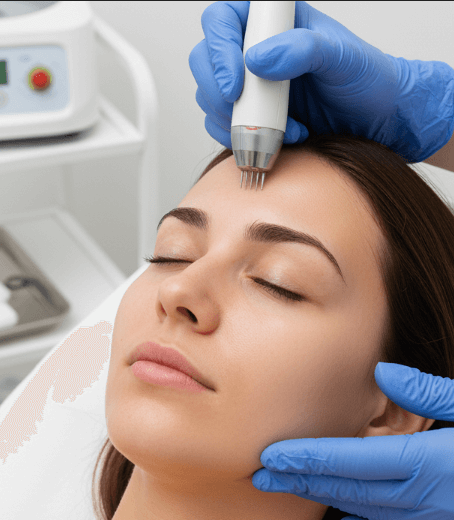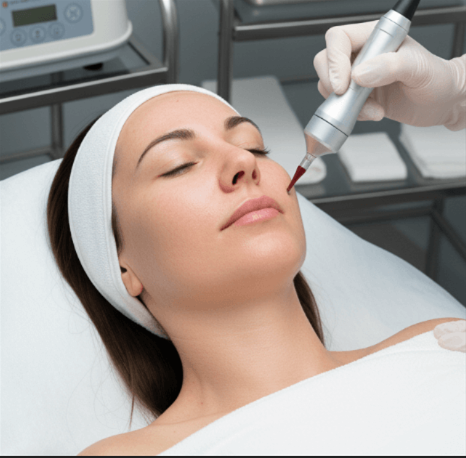For international patients seeking surgery in Korea—whether cosmetic, orthopedic, or internal—recovery doesn’t end when the operation is over. What sets Korea apart as a medical tourism destination is its world-class, integrated post-surgical physical therapy and rehabilitation services. These therapies are designed to promote faster healing, minimize complications, restore function, and enhance long-term results.
Let’s explore how Korea’s recovery programs prioritize rehabilitation, and what patients can expect.
Why Rehabilitation Is Crucial After Surgery
Rehabilitation plays a vital role in helping patients:
- Regain mobility and strength
- Reduce pain, stiffness, and swelling
- Prevent complications such as muscle atrophy or poor posture
- Speed up return to daily activities or fitness routines
- Improve cosmetic results (for procedures like liposuction or tummy tucks)
Korean recovery programs offer personalized, evidence-based physical therapy plans from day one to help patients heal efficiently and safely.
Key Rehabilitation Services in Korean Medical Centers
1. Physiotherapy for Mobility and Strength
Most recovery programs include guided physiotherapy sessions led by licensed professionals. These may focus on:
- Stretching and strengthening exercises
- Joint mobilization
- Posture correction
- Gait training (especially after orthopedic or spinal surgery)
Sessions typically begin within 1–3 days post-op, depending on the procedure, and continue regularly throughout the recovery stay.
2. Manual Therapy and Soft Tissue Techniques
To reduce post-operative tightness, scar tissue formation, and edema, Korean therapists may use:
- Manual lymphatic drainage (MLD)
- Myofascial release
- Scar mobilization techniques
- Trigger point therapy
These techniques are especially beneficial for cosmetic surgery patients, such as those undergoing facelifts, liposuction, or tummy tucks.
3. Lymphatic Massage and Circulation Therapy
Lymphatic massage is one of the most requested services by medical tourists recovering in Korea. It:
- Helps reduce swelling and bruising
- Speeds up toxin removal
- Enhances immune response
Often combined with compression therapy and hydrotherapy, this approach supports whole-body healing and comfort.
4. Electrotherapy and Ultrasound Therapy
Advanced technology like:
- Electrical stimulation (TENS, NMES) to manage pain and re-engage muscles
- Therapeutic ultrasound to promote deep tissue healing and reduce inflammation
- Infrared light or heat therapy to relax muscles and increase circulation
These are used strategically depending on surgery type and patient condition.
5. Aquatic Therapy (Hydrotherapy)
Some high-end Korean recovery centers and rehabilitation hospitals offer aquatic therapy in specialized pools. This is particularly helpful for:
- Orthopedic recovery (knee/hip/back surgery)
- Patients with limited mobility
- Pain management and gentle reconditioning
Water’s buoyancy allows for low-impact movement, easing joint stress and promoting flexibility.
6. Postural and Core Rehabilitation
For surgeries that affect posture (e.g., breast surgery, abdominoplasty, spinal procedures), Korean therapists focus on:
- Core strengthening
- Balance and stability training
- Breathing exercises
This improves alignment, prevents back pain, and enhances aesthetic results in cosmetic surgeries.
7. Rehabilitation for Facial Surgeries
Patients undergoing facial procedures (such as facelift, jaw surgery, or rhinoplasty) benefit from:
- Facial muscle stimulation
- Manual facial massage
- Ultrasound therapy for reducing internal swelling
- Speech and swallowing exercises (for jaw-related procedures)
These sessions are gentle, non-invasive, and proven to enhance facial symmetry and reduce healing time.
Multilingual, International Patient-Friendly Rehab Teams
Korean recovery centers catering to international patients ensure:
- English-speaking physical therapists
- Multilingual staff support (Chinese, Arabic, Russian, etc.)
- Private one-on-one sessions
- Translators or digital guides for at-home exercises
Patients receive progress tracking, detailed rehab reports, and aftercare plans to continue once they return home.
Integration with Traditional Korean Therapies
Many recovery clinics also incorporate Traditional Korean Medicine (TKM) into rehabilitation. This may include:
- Acupuncture for pain relief and energy balance
- Cupping therapy to stimulate circulation
- Herbal compress therapy to ease muscle tension
This East-West fusion is part of Korea’s holistic approach to post-surgical recovery.
Duration and Frequency of Therapy
Rehab programs are typically structured as:
- Daily sessions (30–90 minutes) during the initial 1–2 weeks
- 3–5 times per week for extended stays
- Customized home exercise plans and online follow-up for international patients returning abroad
Some clinics even offer recovery packages with lodging, meals, transportation, and therapy included.
Final Thoughts
Korea’s post-surgery recovery programs stand out for their comprehensive, patient-centered rehabilitation services. With advanced technologies, personalized physiotherapy, traditional healing integration, and a focus on both form and function, Korea ensures that international patients don’t just recover—they thrive.
Whether you’re healing from orthopedic surgery or enhancing your look with cosmetic procedures, Korea offers an unmatched standard of safe, effective, and supportive post-operative rehabilitation.




